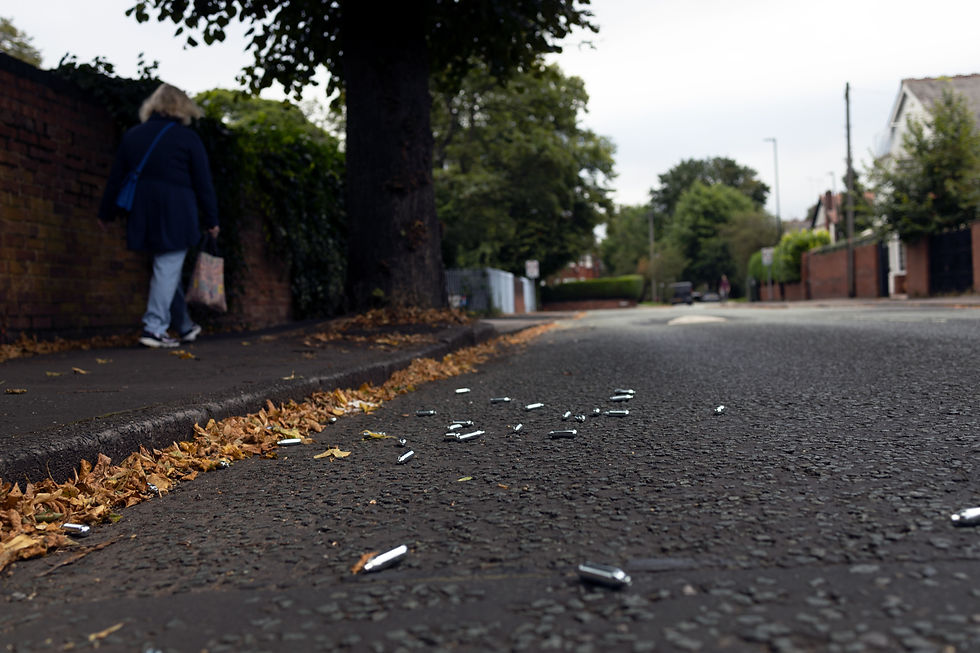Examining the Youth Justice Service: What drove the falls in first time entrants and custody?
- Crest Advisory
- Nov 5, 2019
- 3 min read
Updated: Apr 23
Insights Report
Authors: Harvey Redgrave, Chief Executive Officer | Gemma Buckland, Senior Research Associate | Manon Roberts, Senior Analyst
Tuesday 5 November 2019

Our major new report into the Youth Justice Service has found that the government has failed to capitalise on a dramatic 73 per cent fall in the number of children being given custodial sentences since 2009.
The Crest Advisory research – funded by the Hadley Trust – found that, despite this fall, conditions inside youth prisons are worse than they were a decade ago, with rising levels of assaults and self-harm. Meanwhile, reoffending rates are now higher for young offenders.
Alongside these falls in custody, there have also been sharp falls in the numbers entering the youth justice system in the first place. The first systematic analysis of what has driven these falls puts them down to the use of diversionary and preventative measures by Youth Offending Teams (YOTs) and the police. However, while it is positive that fewer young people are being unnecessarily criminalised, the report also cautions that recent reductions in police numbers and activity may have inadvertently led to some first-time offenders not being effectively dealt with, reducing the opportunity for providing early intervention to those at risk of further, or more serious offending.
Crest’s report calls for the lessons of the progress made in youth justice to be more effectively and widely applied in the adult system. In particular, the report recommends that the multi-agency YOT model should be extended from age 18 up to 25 with more effective interventions for those coming into contact with the criminal justice system for the first time that push them away from crime.
It also calls for major reform of the youth custody estate, with a moratorium on the closure of smaller, more effective secure children’s homes and a commitment to end the use of the larger and less effective young offenders institutes. A redesign of the estate should be funded by a proportion of the £2.5bn capital spending earmarked for new prisons to be allocated to redesigning and rebuilding youth custody facilities, the report says. And it finds that magistrates should be banned from handing out counter-productive custodial sentences of less than six months for children, with a stronger role for courts and city mayors for ensuring the rehabilitation of young offenders in the community.

Children’s Commissioner for England Anne Longfield said:
“This report from Crest shines an important light on the youth justice system: revealing both the good and the bad. Other than in the most exceptional circumstances, children should not be locked up. We know from this report, and others, that there are so many more effective, community based interventions we could be putting in place."
“So I welcome further calls such as those in this report for a root and branch review of the youth justice system and particularly on the use of secure accommodation. I also welcome the call for a moratorium on the closure of smaller good quality secure children’s homes and a commitment to close the large young offenders’ institutes. Despite good intentions from many staff, the failure of the current system is well documented. It does not help the public they seek to protect and certainly not those young people whose lives they are failing to turn around.”
Key recommendations
Our report calls for parties to back:
The expansion of Youth Offending Teams (YOTs) up to the age of 25;
A removal of the ability of youth magistrates to issue custodial sentences of less than six months to children;
A moratorium on closure of secure children’s homes;
An explicit pledge to close all Young Offender Institutions (YOIs) by 2025; and;
An injection of new spending: with a proportion of the £2.5bn capital spending (at least ten per cent - £250m) already earmarked for new adult prison places to be allocated to upgrading youth custody.



